If you’re running a D2C brand in India, you’ve probably had the thought at least once: “Do I really want to keep packing and shipping boxes myself?” It’s a fair question. At the start, you can manage fulfilment from your living room, a tiny office space, or a shared warehouse. But as orders grow, that early scrappiness becomes a bottleneck.
That’s when most founders start thinking about bringing in a third-party logistics (3PL) partner. The idea sounds liberating. They’ll store your products, pack orders, and ship them on time, freeing you to focus on brand building, marketing, and increasing conversion rate ecommerce. But here’s the catch: choosing the wrong 3PL can hurt your growth more than doing it yourself.
The right 3PL can feel like an invisible extension of your team, quietly ensuring that your customers get their orders quickly and reliably. The wrong one? Delayed deliveries, damaged products, and support tickets piling up faster than you can answer them.
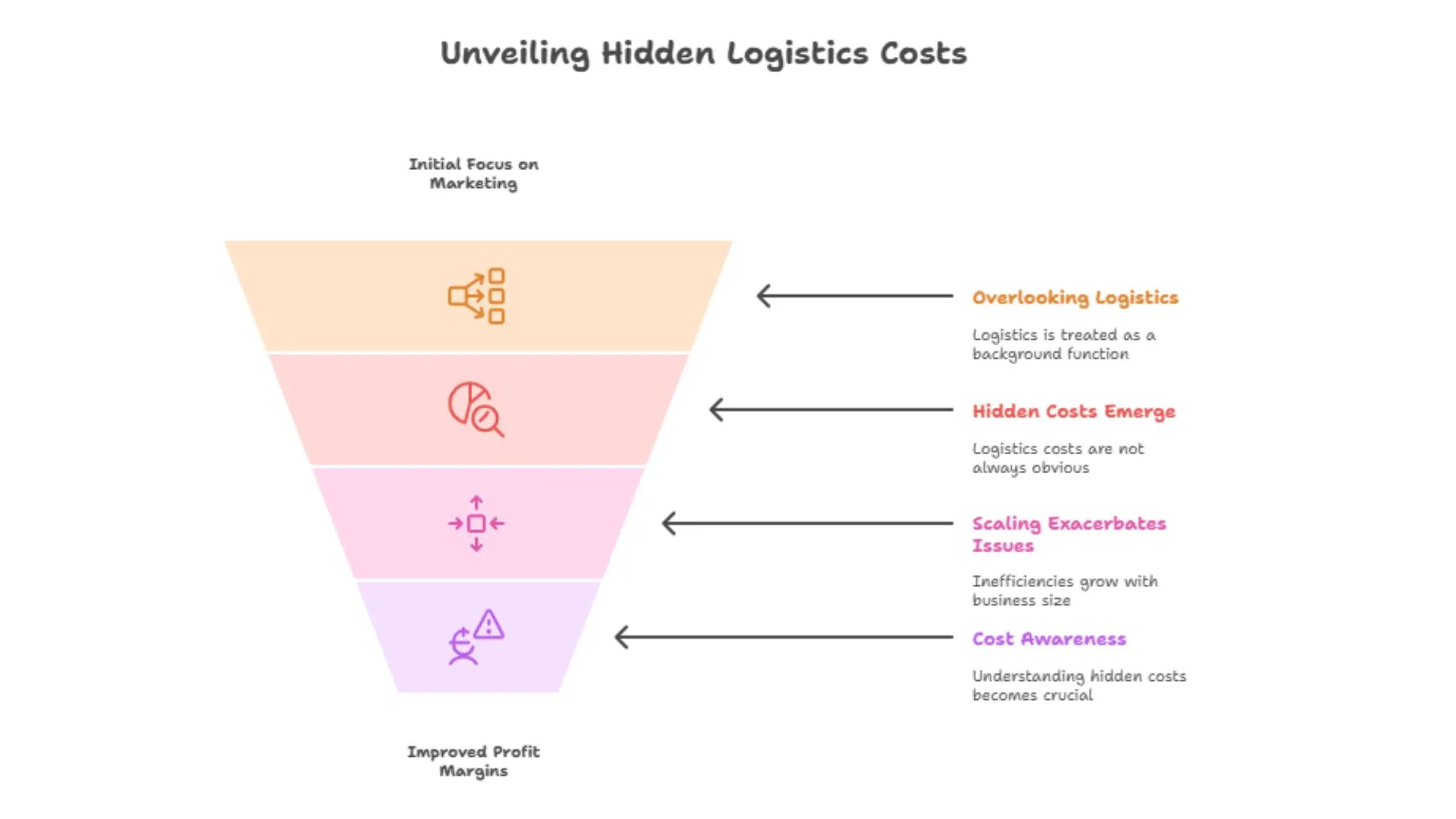
This guide will help you make that choice thoughtfully, with practical insights from real-world ecommerce challenges, so you’re not just picking a logistics partner, you’re setting up your brand for scale.
The difference between a loyal customer and a one-time buyer often comes down to the post-purchase experience. Even if your product is amazing, a delayed delivery or a damaged package can overshadow the entire interaction.
For D2C brands, this is amplified because you control the full customer journey. You’re not selling through marketplaces like Amazon or Flipkart where the logistics experience is already handled. Your brand is responsible for the final mile, and your customer won’t blame the 3PL; they’ll blame you.
And if you’ve been investing in ads, running A/B Testing on your landing pages, and optimising your ecommerce store to increase conversion rate ecommerce, all of that effort can be undone if the product arrives late or in poor condition. This is why logistics isn’t just an operational choice, it’s a brand decision.
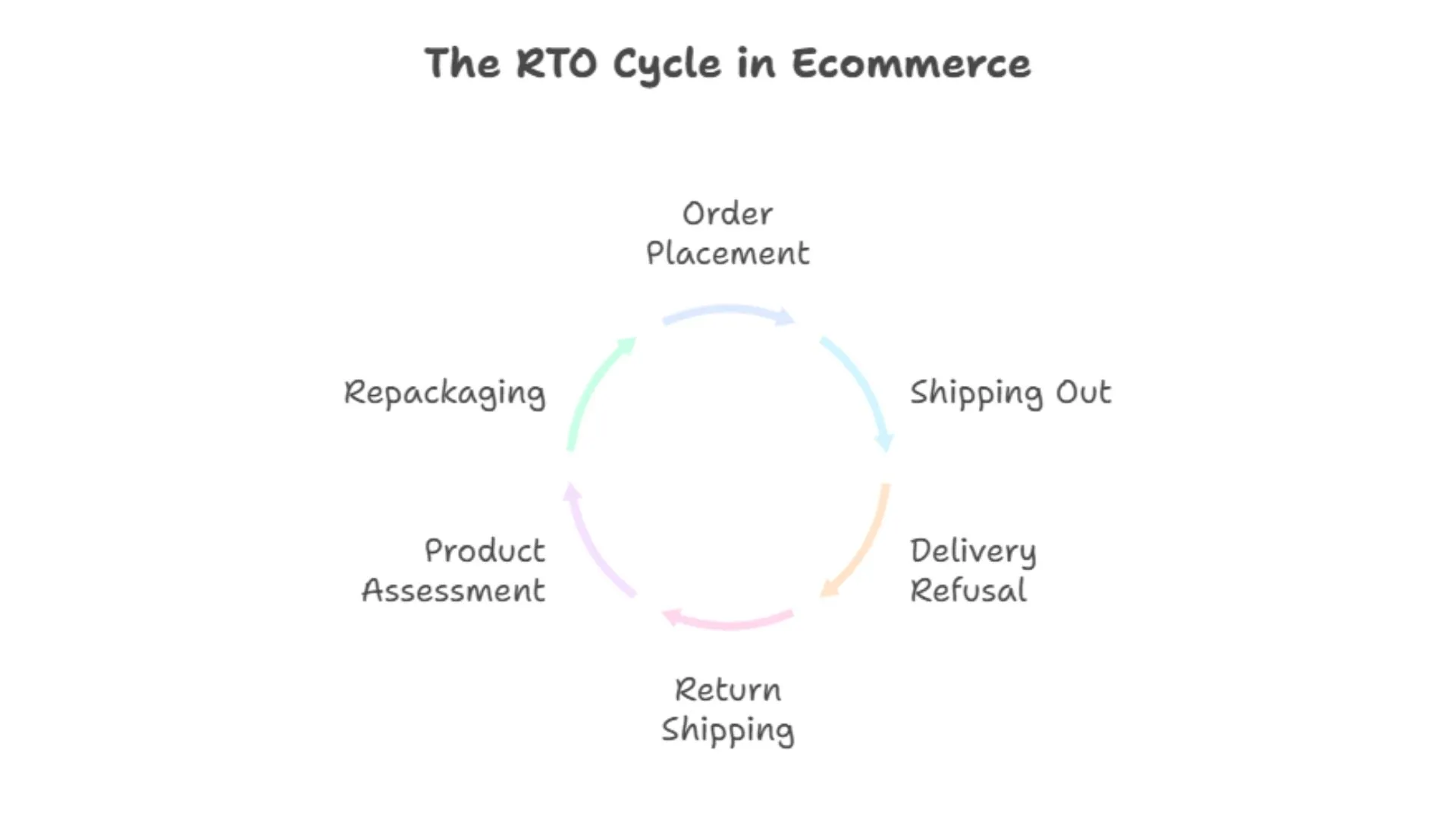
Before you start shortlisting 3PL providers, you need clarity on your own operations. Many brands make the mistake of choosing based on price alone, without mapping their specific needs.
Ask yourself:
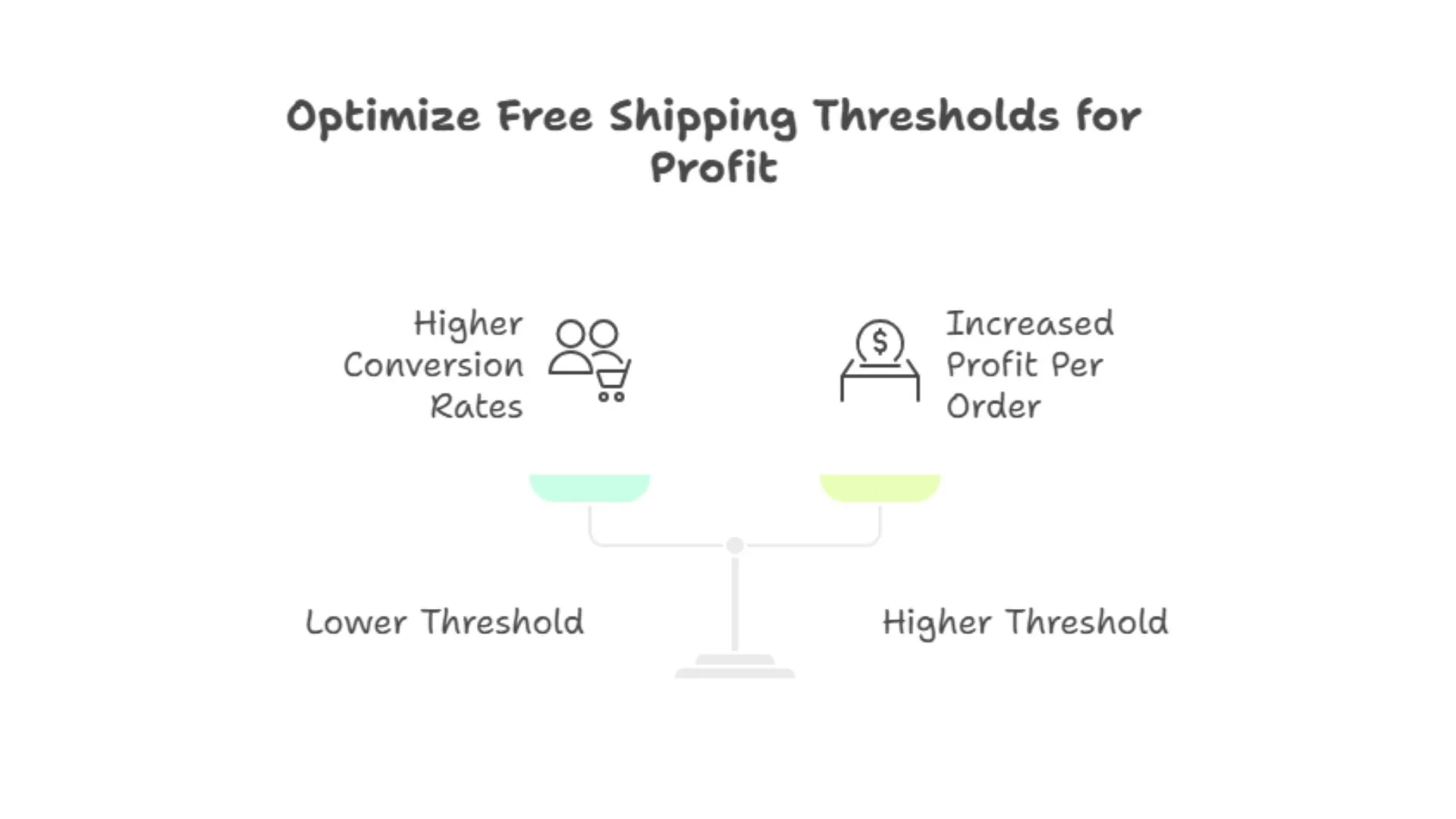
Your answers will filter out 3PLs that simply aren’t a good fit. For example, a partner that excels in metro deliveries may not be the best if 60% of your orders go to Tier 2 and Tier 3 cities.
A 3PL’s serviceability map can make or break your delivery promise. Check if they can cover your high-order regions with speed. For D2C brands in India, this often means balancing metro fulfilment speed with the ability to reach smaller towns without excessive shipping times.
Pro tip: Don’t just ask for coverage maps. Ask for actual delivery time data for your top pin codes. Sometimes the promised network coverage looks great on paper but doesn’t hold up in practice.
Modern ecommerce logistics isn’t just about trucks and warehouses, it’s about technology. You want a partner whose systems can integrate with your store, provide live order tracking, and sync inventory in real time.
This is where operational and marketing alignment meet. If you can track delivery performance accurately, you can feed that data into your ecommerce marketing. Imagine running A/B Testing on shipping messages at checkout, “Delivered in 2 days” vs “Delivered by Friday”, and optimising based on actual delivery timelines.
Some 3PLs have dashboards that let you see pending orders, failed deliveries, and return-to-origin (RTO) rates instantly. This visibility is essential for making proactive decisions.
It’s tempting to choose the cheapest option, but logistics is one area where you often get what you pay for. A low per-shipment rate is meaningless if delays, damages, or high RTO rates eat into your profits.
Instead, calculate your Total Cost of Fulfilment:
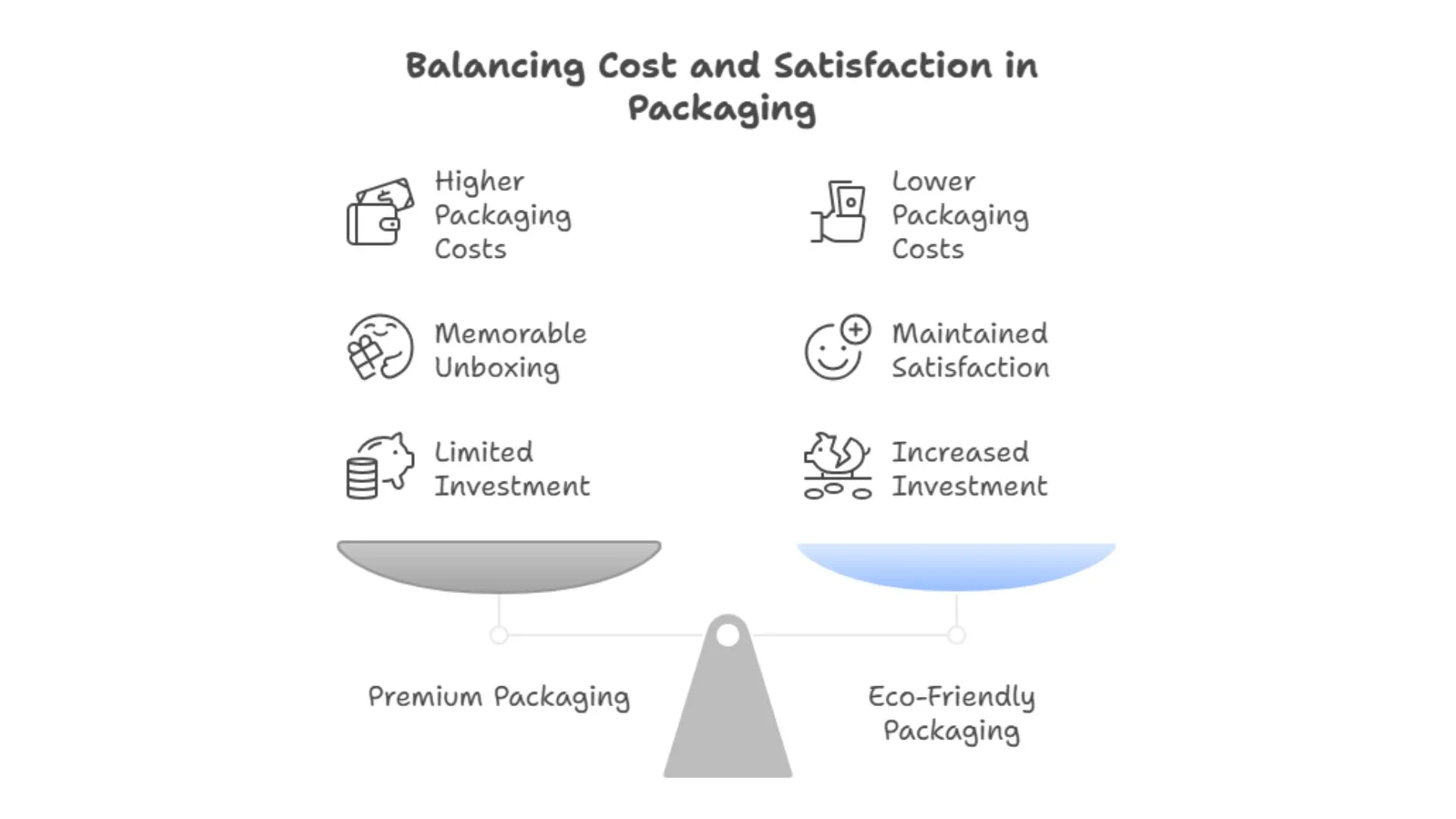
A slightly higher per-shipment cost may actually be cheaper overall if it comes with lower RTO and fewer support headaches.
RTO is one of the hidden profit killers in Indian ecommerce. Failed deliveries mean not just lost revenue but also wasted shipping, packaging, and return handling costs.
Ask potential 3PLs how they handle undelivered orders. Do they attempt multiple re-deliveries? Do they confirm addresses before dispatch? Do they offer real-time updates to allow your team to intervene?Better yet, can they integrate with your customer communication tools so you can automate reminders or confirmations? Reducing RTO by even 2–3% can significantly increase conversion rate ecommerce because you’re retaining more successful orders.
The unboxing experience is an essential element of a direct-to-consumer (D2C) brand's identity. A good 3PL should be able to accommodate your packaging requirements, whether that’s branded boxes, eco-friendly materials, or custom inserts.
Remember, your customer doesn’t see the 3PL’s name, they see your brand on the box. Inconsistent or low-quality packaging can make the wrong impression even if the delivery is on time.
If a 3PL can’t give you detailed reports, you’re essentially operating blind. Look for reporting on:
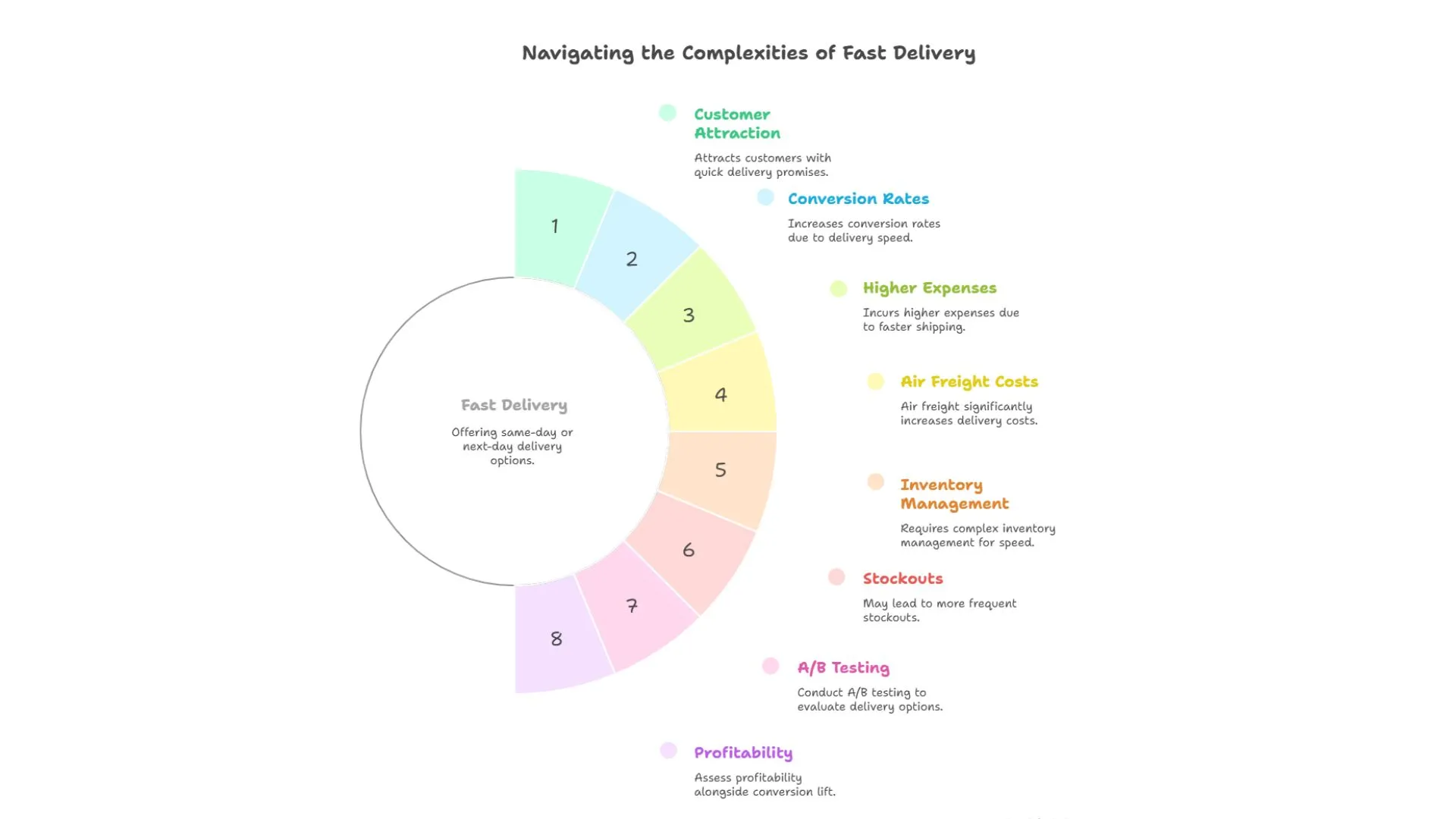
The best 3PLs will not only give you data but also help you interpret it. This data, when paired with marketing optimisation tools like CustomFit.ai, can be powerful. For instance, if you notice slower delivery to certain regions, you could run A/B Testing on your ecommerce store to adjust shipping promises or offer alternate incentives for customers in those areas.
Before locking into a long-term contract, test the 3PL with a pilot project. Ship a representative sample of your orders through them for a month. Monitor delivery times, damage rates, customer complaints, and reporting accuracy.
This test phase is like an A/B Test for your logistics, you’re comparing your current setup against the new partner’s performance. Only commit once you’re confident in their ability to meet your standards.
This part is often overlooked. Your 3PL’s team will be interacting with your products, your customers, and your brand reputation daily. Do they share your values about quality and communication? Do they respond quickly when issues arise?
A 3PL that sees themselves as a partner rather than just a vendor will be proactive in preventing problems, not just reacting to them.
Choose a 3PL that can grow with you. If you plan to expand into new product categories, offer same-day delivery, or open international shipping, can they support that?
Switching 3PLs mid-scale is painful and risky. It’s better to choose one that may feel slightly “big” for you now but has the capacity to handle your growth.
CustomFit.ai isn’t a logistics provider, but it can help make your 3PL decision work harder for your ecommerce growth. By integrating fulfilment data into your website personalisation and A/B Testing strategies, you can align your marketing promises with actual delivery performance.
If your 3PL guarantees faster delivery in certain regions, you could personalise your site to highlight that to visitors from those locations. Similarly, if RTO is high in a particular zone, you could test different payment or verification flows for customers there.
This tight link between logistics and marketing helps you increase conversion rate ecommerce by ensuring that what you promise at checkout is what your customers experience.
Q: What is a 3PL in ecommerce?
A: A third-party logistics (3PL) provider handles warehousing, packing, and shipping for your ecommerce orders, allowing you to focus on marketing and product development.
Q: How does A/B Testing relate to choosing a 3PL?
A: You can use A/B Testing on your ecommerce store to align shipping promises and offers with actual performance data from your 3PL, improving both conversion rates and customer satisfaction.
Q: What’s the biggest hidden cost in 3PL partnerships?
A: High return-to-origin (RTO) rates. These can erode profits quickly, so a 3PL’s RTO management process is crucial to evaluate.
Q: Should I choose a 3PL based only on price?
A: No. The cheapest option often costs more in the long run if delivery reliability, packaging quality, or RTO management is poor.
Q: Can CustomFit.ai help improve logistics performance?
A: Indirectly, yes. By integrating fulfilment data with your marketing and personalization strategy, you can enhance customer experience and boost conversion rates in ecommerce.